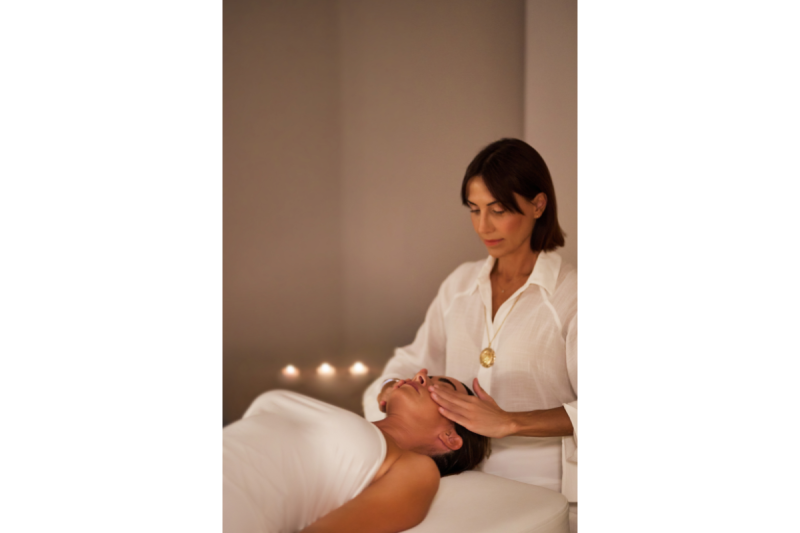Yvette Pons, founder of Institut Yvette Pons beauty salon and founder and director of Yvette Pons Training, discusses manual facial lifting and why this technique has become an essential tool for those seeking to age with grace.
Manual facial lifting is more than just a collection of aesthetic techniques; it is an art grounded in the science of touch and a profound understanding of facial musculature and structure. In a world where natural beauty and wellbeing are leading trends, this technique has become an essential tool for those seeking to age with grace and balance.
Facial Musculature: The Canvas of Our Expressions
Behind every smile, gesture, or gaze is a dynamic set of muscles working in perfect harmony. Among the most significant are the frontalis, responsible for raising the eyebrows; the orbicularis oculi, which controls blinking; and the risorius, which shapes our smiles. However, when these muscles accumulate tension or lose tone, they can affect the symmetry and freshness of the face.
Additionally, the platysma and sternocleidomastoid muscles, located in the neck, have a direct impact on facial appearance, particularly around the jawline. Just like a poorly adjusted support structure in a building, these muscles can influence facial contours and structure if not properly maintained.
The Impact of Posture and Dental Occlusion
Posture, along with head positioning, plays a key role in the appearance of facial aging signs. For instance, keeping the head tilted forward creates tension in the neck and affects the firmness of the jawline and submental area. Similarly, an imbalanced dental occlusion can strain muscles, such as the masseter, altering symmetry and contributing to a fatigued appearance.
Manual facial lifting addresses these issues by promoting muscle relaxation and encouraging a more harmonious alignment, resulting in a rejuvenated and well-balanced face.
The Lymphatic System: The Key to Radiant Skin
The skin reflects internal health, and the lymphatic system plays a crucial role in its appearance. Through specific techniques, lymphatic drainage stimulates the elimination of toxins and excess fluids, decongesting the face and reducing inflammation. This process is complemented by the activation of the venous system, which enhances oxygenation and cellular nourishment, promoting a natural, healthy glow.
Lymph nodes located in strategic areas of the face and neck, such as under the jawline and behind the ears, are key points in this technique. Working them consciously not only improves facial appearance but also revitalizes the entire body.

The Power of Touch: Science and Emotional Connection
Recent studies have shown that mindful touch has a direct impact on the nervous system, reducing stress levels and improving overall wellbeing. During a manual facial lifting session, this connection not only sculpts the face but also induces a deep sense of calm, creating harmony between body and mind.
Aging with Beauty and Harmony
The well-aging approach embraces aging as a natural process, aiming to maintain a fresh, expressive, and vibrant face. Techniques such as manual facial lifting not only respect the uniqueness of each face but also promote healthy and harmonious aging without resorting to invasive methods.
Yvette Pons will be teaching a class entirely in Spanish at IECSC New York, "El Arte del Lifting Facial No Invasivo: Técnicas Avanzadas para Resultados Duraderos" on March 23, 2025. To attend this class and learn about the other classes offered at the show, be sure to register here to attend IECSC New York from March 23-25, 2025. What's more, use code AMERICANSPA to get 20% off education classes.